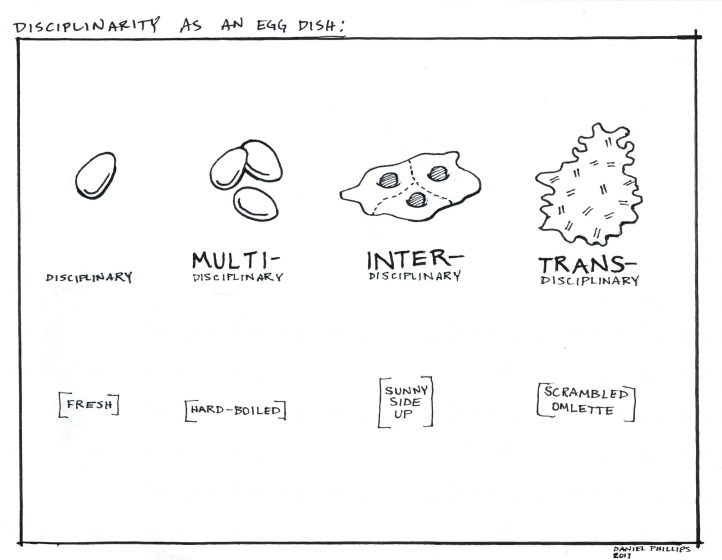
A recent fiery piece by Billy Flemming in Places Journal entitled Design and the Green New Deal, seems to have similarly struck a deep and resonant chord within the discourse of landscape architecture, arguing that the discipline’s very reason for being warrants a timely re-examination. Indeed, it serves as a call to action for all of us who hope to make meaningful change in the world through our research and practice: To think bigger, get political, and offer our skill sets and capacities to the pressing issues of the day. Polemics like these form a gathering recognition that many responses to issues like climate change, environmental justice, and urban resilience will inevitably find expression in spatial projects throughout the landscapes we occupy. Yet these challenges are all arguably “wicked” in nature. So how should they be approached?
The notion of “wicked challenges”, often attributed to the work of Rittel and Webber (1973) forms an important heuristic device around which many contemporary transdisciplinary projects have orbited. Wicked challenges are framed in distinction to challenges that could be labeled “simple” and “complex”. Whereas simple challenges (e.g., filling a cavity in a tooth) are those in which both the question and answer are well understood, complex challenges (e.g., landing a man on mars) are those which the question is understood but not the answer is not yet known. Wicked problems (e.g., Brexit, climate change, addressing the urban stream syndrome) are defined by uncertainties on both sides, and therefore rely heavily on the ways in which the challenge is effectively framed. Wicked challenges are further characterized by the fact that they have “no stopping rule”—that is, every proximate answer leads to more questions—and that every wicked problem can be said to be a “symptom of another problem” (Farrell and Hooker 2013, 684–687).
Addressing wicked problems therefore requires us to develop new tools and frameworks for approaching them. The Design-in-Science (DIS) framework, originally formulated by Joan Iverson Nassauer and Paul Opdam offers such a tool. Referenced in a landmark paper from 2008, this approach calls for increased transdisciplinary research between landscape ecology and landscape planning. Their goal, arguably, was to find ways to reconcile the agency of design with the authority of science to better address wicked challenges that occur within human dominated ecosystems. The DIS framework has since become a prominent node in a constellation of similar approaches referred to variously as “participatory landscape planning” (Hulse, Branscomb, and Payne 2004; Johnson and Campbell 1999; Johnson et al. 2002), “designed experiments” (Felson and Pickett 2005), “research-through-designing” (Lenzholzer, Duchhart, and Koh 2013), “ecology with design” (M. J. Grose 2014; M. Grose 2017), “Design-Related-Research” (Nijhuis and Bobbink 2012), and Transdisciplinary Action Research (Thering and Chanse 2011; Stokols 2006). Importantly, the framework defines and employs Design (as both a noun and a verb) as an operative “boundary concept”, and proposes an “iterative loop” of evidence-based (and evidence-generating) design inquiry.

The DIS framework as a tool for addressing “wicked” problems
To understand the value of DIS as a useful tool for confronting wicked challenges, it may also be instructive to explore the reflexive modes of inquiry it implies. First, it should be recognized that Science(in a post-positivist era), and Design(understood as a mode of thinking and action rather than merely a professional practice) are not as far apart in their core cognitive processes as they used to be (Farrell and Hooker 2013; Innes and Booher 2016). Luckily, we are moving gradually away from the hubris that sustained us in the past—namely that designers “solve” problems, and that scientists discover immutable “truths”.
It was Karl Popper who famously observed that the foundations of science are not anchored to a stable bedrock of proven truth, but rather, driven just deep enough into the swamp of possibility to continue one’s research (Popper 1959). In confronting our collective fallacies as practitioners and scientists, we are increasingly finding middle ground and focusing on the processes that we might share—the ability to frame and ask questions, totask the void in pursuit of new insights, and advise (or take) action in line with the insights we discover. To do this, each are increasingly reliant on the mixing of Inductive, Deductive, and Abductive modes of reasoning to arrive at plausible assumptions about the nature of the problem at hand (Deming and Swaffield 2010).
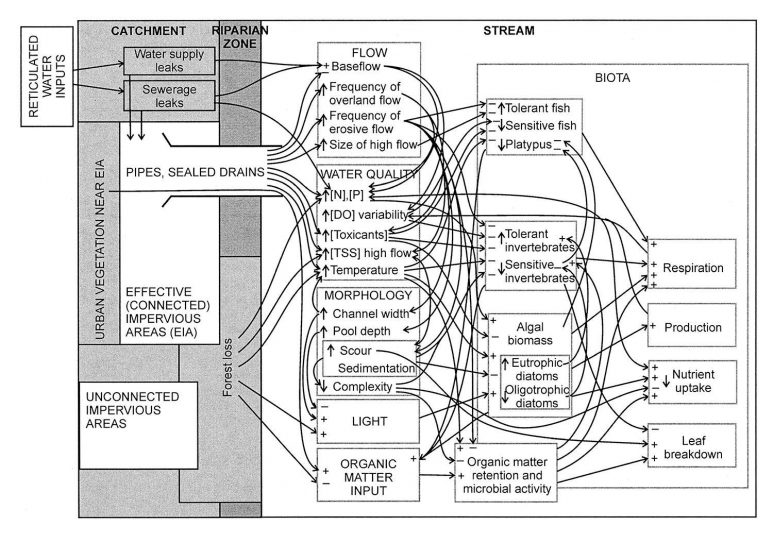
This interplay is especially important when it becomes necessary, on the one hand, to tease out from a wicked problem a series of more tame ones, and on the other hand, to recognize that in every tame one, a series of those which are wicked always exist. As stated by Nassauer and Opdam (2008), “Undoubtedly effective transdisciplinarity will require that new norms, not solely dependent on disciplinary conventions, evolve for credible research” (634). Situating Designin Science, therefore isn’t marked by an erosion of boundaries between these disciplines, but rather by an attempt to seek moments of permeability and alignment across boundaries that are mutually beneficial and actionable.
Strategic alignments between design, science, and policy can minimize the tradeoffs that occur regarding the credibility, saliency and legitimacy of new knowledge. To further illustrate the interplay of design and science, I will sketch out a series of brief speculative scenarios, with attempts to highlight the various epistemologies involved.
In the first scenario, we might imagine an alignment of science and policy, but without design. Policy makers with a high degree of agency and influence in the regime-level decision making processes, solicit scientific research to gain deeper knowledge about a specific phenomenon that they are trying to better understand or plan for. The question at hand might be related to where the next wastewater treatment plant should be built. The scientist, or team of scientists in question, deploy(s) a rigorous purpose-built methodology resulting in new data that is not only highly credible, but highly salient (as it was driven by a specific purpose or policy implication at its outset). Yet without the critical role of design, and design thinking, the team might never attempt to divergently reframe or challenge the nature of their task itself. What if the goal shouldn’t be just about defining service areas for existing technologies? What other (unexpected) opportunities might we be overlooking? What about the urban streams themselves? By excluding design from the equation, the science/policy team never pose or ponder relevant “what if” scenarios that could be attenuated to local phenomena or needs. Further, if the process of collecting data is not attentive to normative dimensions of everyday landscapes and people within them, the resulting prescriptions might risk not being adopted, or worse—actively resisted within the context they are being proposed. Here, questions of legitimacyare paramount—defined as the degree to which various public stakeholders perceive the process to be “unbiased and meeting standards of political and procedural fairness” (Cash et al. 2002, 5). Despite being both credibleand salient, eschewing participatory modes of design engagement may stifle this team’s potential to affect broader landscape change.
In a second scenario, there exists a strategic alignment of design and policy, but without science. Designers, informed by a particular program or brief, propose a series of speculative responses, perhaps even drawing upon general ecological principles as an evidence base in science. The process is transparent, participatory, and imaginative. Policy makers place trust in the creative process and the capacity to think beyond rigid conceptual frames to imagine and propose a series of ‘what if’ scenarios that are both salient and legitimate. This could be further exemplified in urban planning and design practice when a beautifully conceived solution is installed in the “right” place but fails to build sufficient capacity and rigorous methodologies to monitor the quantitative and qualitative impacts of their efforts over time. The project becomes easily dismissed as “greenwashing”, where designs or landscape changes appear ecological without actually functioning ecologically. Further, they fail to generate any new knowledge that can be used or replicated elsewhere.
In a third scenario, we have a strategic alignment of science and design, but without policy. This team works together within a protected niche—fuelled by independent funding from public grants and private institutions and have internal capacity to control the parameters and goals of their research and inquiry. Seasoned interdisciplinary teams use lab and field-based tests to frame, test and refine research and eventually build a compelling public value proposition that is both legitimate and credible. But they fail to translate these insights into relevant and feasible retrofits to the existing status quo. In this scenario the proposed responses may never move beyond the stage of a brilliant hypothetical that never actually comes to pass. Or alternatively, they propose localized responses that can only survive with constant inputs from the initiators themselves, and thus fail to effectively upscale in a way that is sustainable.
Finally, we have a strategic alignment of design, science, and policy at a time when a relevant window of opportunity opens up in an existing regime. Regime level actors are hungry for new ideas, and front line innovators have built the transdisciplinary capacity necessary to propose viable alternative responses. Scientists consult the evidence base to form valid and plausible assumption about the basic viability of responses. Designers work in collaboration with scientists to frame built works as a mode of hypothesis testing that feeds larger, generalizable insights. These insights fuel the upscaling of more widely distributed intervention which are informed by collaborations with various local civil society organizations and stakeholders on the ground.
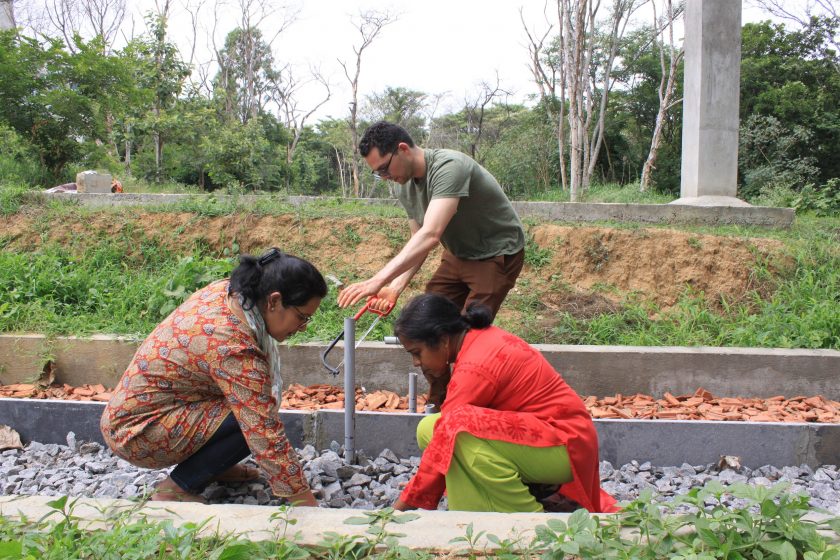
A key takeaway is this: When it comes to addressing wicked challenges, designers, policy makers and scientists alike should challenge themselves to work more synthetically to frame built works as a mode of hypothesis testing that feeds larger, more generalizable insights. Staging small scale, safe-to-fail interventions creates insights for design iteration and also allows critical engagement stakeholders at early stages in the development projects. Over time, a compelling evidence base on which to base the form and function of new landscape patterns can emerge. Small interventions, once merely speculative or provisional, becomes more widely replicated and accepted. Some may dismiss as incrementalism, when huge leaps forward are sorely needed.
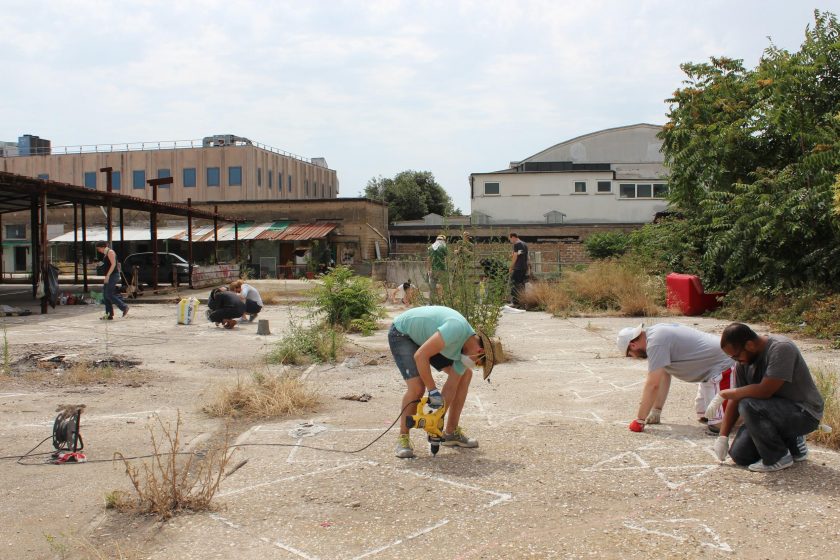
Transdisciplinarity is especially relevant to contemporary discussions surrounding the science and practice of green infrastructure in cities. Embedded within the semantics of framing “problems” is an implicit suggestion that cures to complex urban illsmight exist. Yet, one of the very conditions that defines the city as an ecosystem are the many irreversible histories it contains. The re-framing of socio-ecological challenges and their many reverberations as wicked problems allows us to collectively confront, and perhaps even accepttheir ultimate insolubility. For example, there will always be a preponderance of pavement in human dominated ecosystems. Restoring the function of these constructed ecologies to pre-urban, or pre-human states of health will always prove to be a logical impossibility. Even in a future world without us, the biophysical constructions we call cities will continue to impact the patterns and processes of the landscapes and watersheds in which they have emerged.
As designers, scientists, and policy makers, we cannothope to ever truly “solve” these wicked problems, but through our combined efforts, we cantry to better understand their nature.
And that’s ok! If we refuse to resign ourselves to cynicism, we can allow this realization to become the fuel that drives the process of relentless incrementalism and continued experimentation. With few exceptions that’s how the process of changing the world has always occurred—aggregated efforts which compound across vast scales of space and time. My hope is that projects, methods and partnership models such as the ones to be explored more thoroughly by many of the contributors of TNOC, will continue to demonstrate the power and potential for new modes of cross-cultural, cross-disciplinary engagement which bridge the “design-science divide” and point to new horizons of action—even if those actions are initially tiny in their scope. They make these challenges we face a bit less wicked, and maybe that’s enough.
Daniel Phillips
Detroit
References
Deming, Elen M., and Simon Swaffield. 2010. Landscape Architectural Research: Inquiry, Strategy, Design. John Wiley & Sons.
Farrell, Robert, and Cliff Hooker. 2013. “Design, Science and Wicked Problems.” Design Studies 34 (6): 681–705.
Felson, Alexander J., and Steward T. A. Pickett. 2005. “Designed Experiments: New Approaches to Studying Urban Ecosystems.” Frontiers in Ecology and the Environment 3 (10): 549–56.
Grose, Margaret. 2017. Constructed Ecologies: Critical Reflections on Ecology with Design. Routledge.
Grose, Margaret J. 2014. “Gaps and Futures in Working between Ecology and Design for Constructed Ecologies.” Landscape and Urban Planning 132 (December): 69–78.
Hulse, David W., Allan Branscomb, and Susan G. Payne. 2004. “ENVISIONING ALTERNATIVES: USING CITIZEN GUIDANCE TO MAP FUTURE LAND AND WATER USE.” Ecological Applications: A Publication of the Ecological Society of America 14 (2): 325–41.
Innes, Judith E., and David E. Booher. 2016. “Collaborative Rationality as a Strategy for Working with Wicked Problems.” Landscape and Urban Planning 154 (October): 8–10.
Johnson, Bart R., and Ronald Campbell. 1999. “Ecology and Participation in Landscape-Based Planning Within the Pacific Northwest.” Policy Studies Journal. https://doi.org/10.1111/j.1541-0072.1999.tb01983.x.
Johnson, Bart R., Janet Silbernagel, Mark Hostetler, April Mills, Forster Ndubisi, Edward Fife, and Marycarol Rossiter Hunter. 2002. “The Nature of Dialogue and the Dialogue of Nature: Designers and Ecologists in Collaboration.” In Ecology and Design: Frameworks for Learning, edited by Kristina Hill Bart R Johnson, 305–56. Island Press Washington, DC.
Lenzholzer, Sanda, Ingrid Duchhart, and Jusuck Koh. 2013. “‘Research through Designing’ in Landscape Architecture.” Landscape and Urban Planning. https://doi.org/10.1016/j.landurbplan. 2013.02.003.
Nijhuis, Steffen, and Inge Bobbink. 2012. “Design-Related Research in Landscape Architecture.” Medicinal Chemistry Research: An International Journal for Rapid Communications on Design and Mechanisms of Action of Biologically Active Agents 10 (4): 239–57.
Popper, Karl R. 1959. The Logic of Scientific Discovery. Routledge.
Rittel, Horst W. J., and Melvin M. Webber. 1973. “Dilemmas in a General Theory of Planning.” Policy Sciences 4 (2): 155–69.
Stokols, Daniel. 2006. “Toward a Science of Transdisciplinary Action Research.” American Journal of Community Psychology 38 (1-2): 63–77.
Thering, Susan, and Victoria Chanse. 2011. “The Scholarship of Transdisciplinary Action Research: Toward a New Paradigm for the Planning and Design Professions.” Landscape Journal 30 (1): 6–18.
Walsh, Christopher J., Allison H. Roy, Jack W. Feminella, Peter D. Cottingham, Peter M. Groffman, and Raymond P. Morgan. 2005. “The Urban Stream Syndrome: Current Knowledge and the Search for a Cure.” Journal of the North American Benthological Society 24 (3): 706–23.

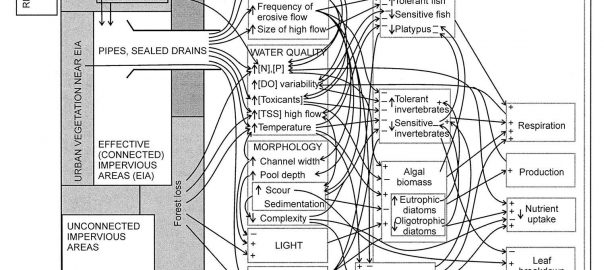






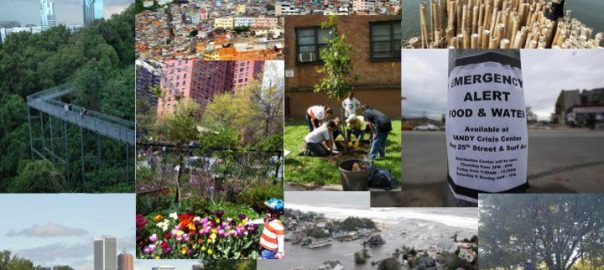
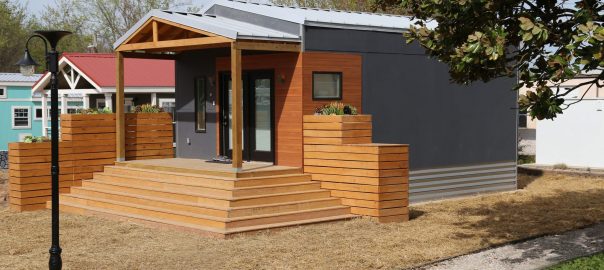
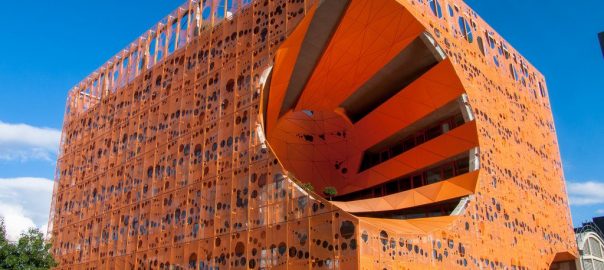
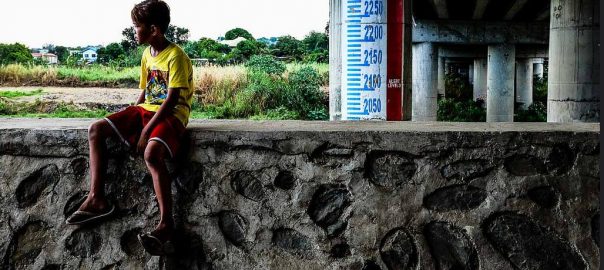
Thanks for the article – very interesting. “In a survey of 327 pedestrians near eleven patches of unmanaged greenery, consisting of scrubland and secondary forests, we found the majority of the interviewees (80.7 per cent) preferred to retain unmanaged greenery rather than to replace it with manicured, heavily-maintained greenery”
Thanks Mark, very good points. There is a great recent study coming out of Singapore which explores a different cultural context in relation to various landscape cues by Yun Hye Huang: https://www.tandfonline.com/doi/abs/10.1080/18626033.2019.1623548?af=R&journalCode=rjla20
Interesting implications for the management and design of/with novel ecosystems in cities (another wicked problem that intersects with human values and perceptions of “Nature”).
also see – https://www.thenatureofcities.com/2018/08/24/cues-care-city-landowners-willing-make-eco-friendly-landscapes/
Yes Daniel – cues probably do change from place to place and culture to culture. However, to date, this has not been researched very well (many of Nassauer’s studies were flawed or had a very limited scope). Unfortunately – many landscape architects have taken Nassauer’s results and ran with them. I still hear periodically that residential lots need 50% mowed areas before they are acceptable (which I do not think is true in many cities). Do you know of any studies where the cues (that were measured) changed for different cultures or from different places. I think the cues is much more malleable than people think . . . .
Thanks Mark, very good points and I always enjoy your feedback.
It should also be mentioned that cues vary widely depending on culture, place, socio-economic factors/etc. Norms in one neighborhood might be much different than even the next one over. Raises questions as to whose cues are actively solicited/validated through the process of participatory design. Going beyond Design (with a capital D) is also important. My point with this post is to highlight design as a verb rather than a noun, an active and iterative process of making and remaking the world in ways that are informed by intention and insight from various modes of inquiry.
Daniel – enjoyed the blog. I will mention that “adaptive management” is a familiar construct to most ecologists (see C.S. Holling and Carl Walters). It is about testing hypotheses (through different management scenarios) to learn more about effective management practices. I would also carry your argument further and propose that we need to go “beyond design”. Design – in terms of the built environment, is only the first step. Need to also address construction and postconstruction issues. Any good design is doomed for failure if management and longterm monitoring is not part of the equation. I might also add – the “cues to care” theory makes sense (cannot implement a design without taking into account cultural and social values) – however, to date, what is “acceptable” to people has not been well researched. Nobody really knows how much “cues” are needed to a landscape when trying to incorporate more ecology inot a landscape design.